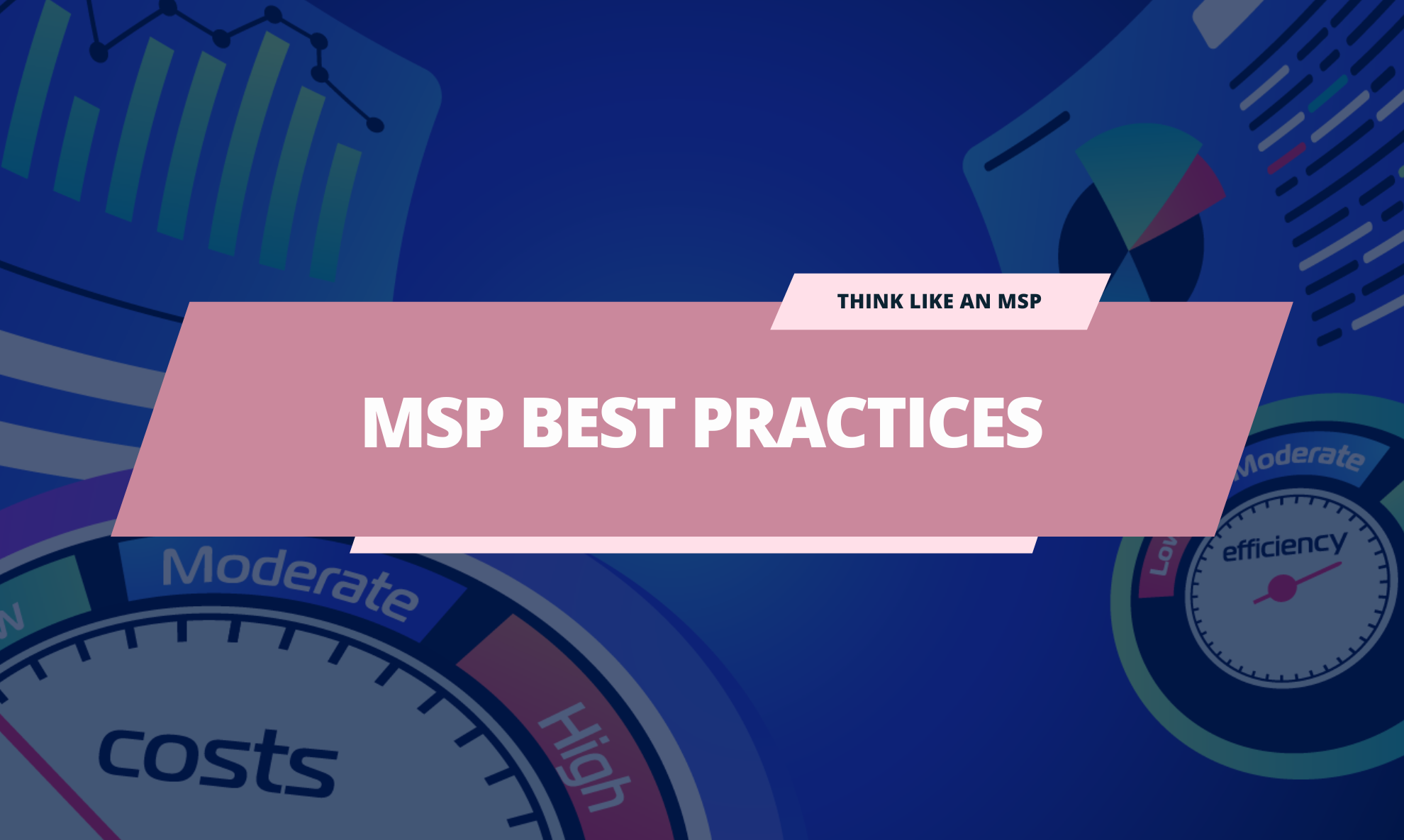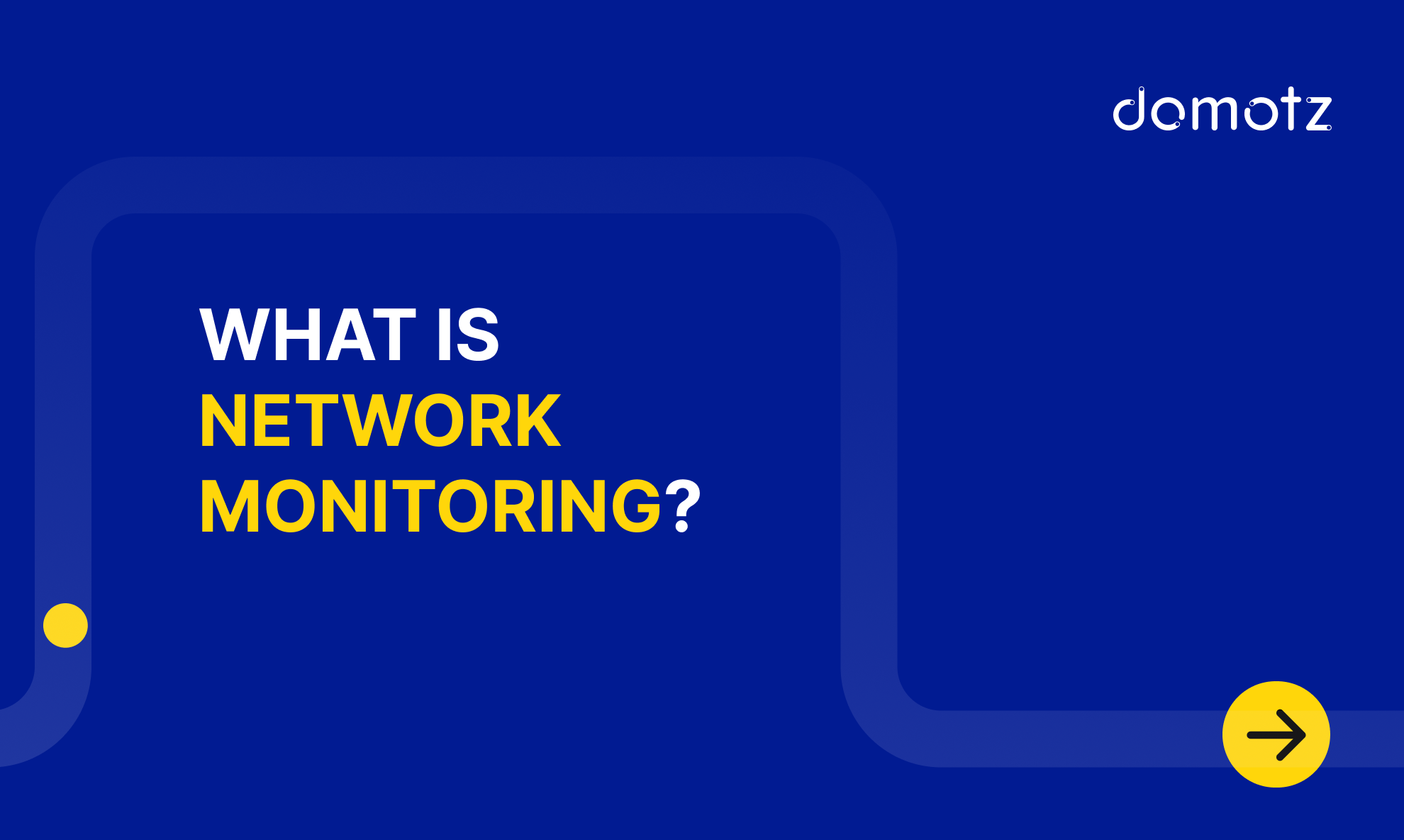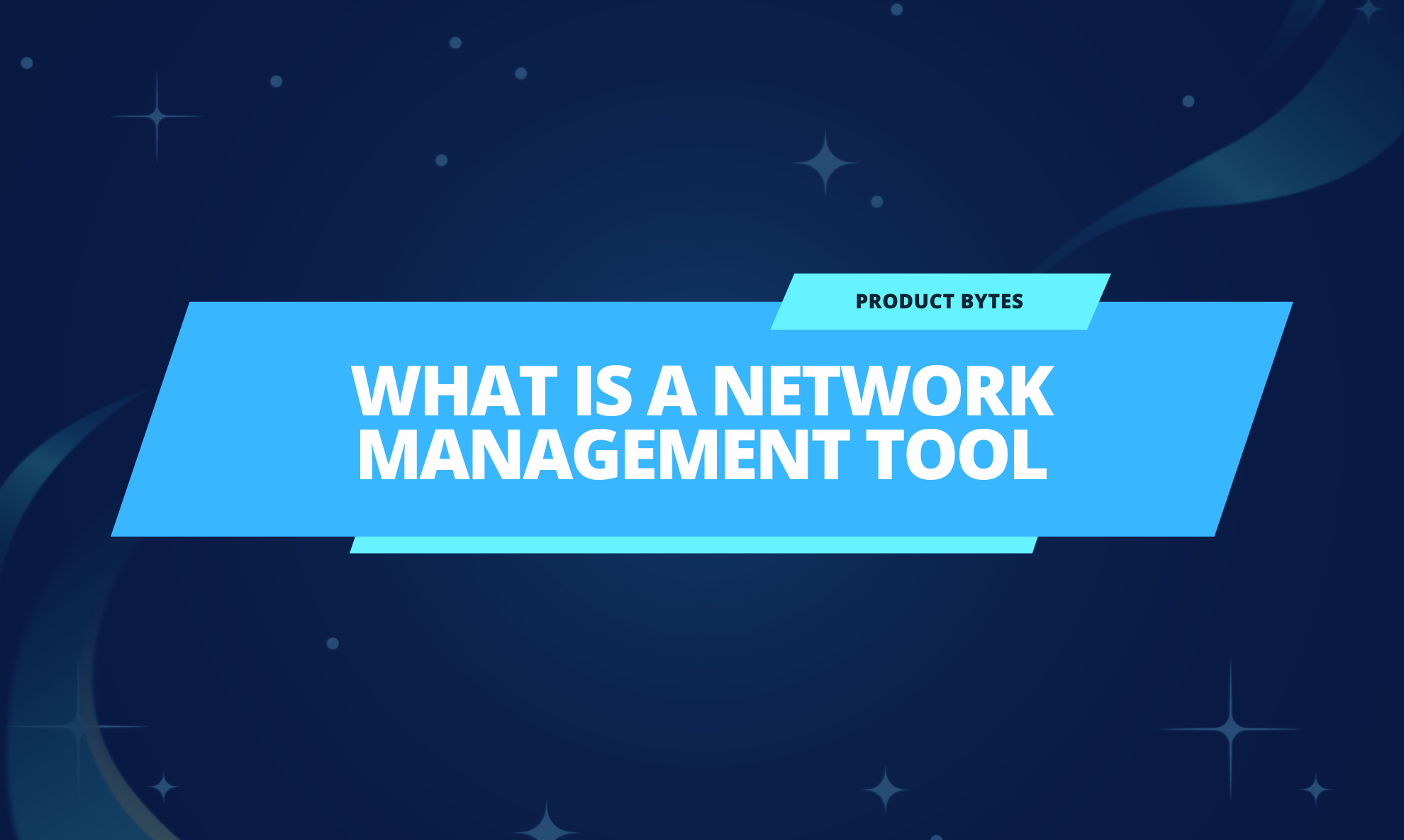In the fast-paced world of Managed Service Providers (MSPs), it’s not enough to simply work harder – you need to work smarter too. The most successful MSPs constantly evolve, embracing innovation and modernization in their systems and processes to stay ahead of the competition.
Implementing MSP best practices will help you achieve these goals and start your MSP on the right foot. If you already have an MSP, keep reading to understand how to become more successful.
What is a Managed Service Provider?
A Managed Service Provider is an organization that remotely manages a client’s IT infrastructure and/or end-user systems. However, an MSP is more than just a technology support company. MSPs offer a wide range of services, such as network administration, cybersecurity, cloud services, data backup and recovery, and help desk support, to name a few. As a result, MSPs can be hired to run a lean and effective IT organization.
By partnering with an MSP, businesses can focus on core competencies while relying on the expertise of the MSP to maintain and optimize their IT infrastructure.
Here are the five MSP best practices that can lead your MSP to success.
#1 Know who you are – The power of a strong positioning
Understanding your MSP’s identity is crucial for success.
Firstly, start with identifying your target audience and needs. Analyze your competitors to understand their strengths, weaknesses, and market positioning. This information will help you define your unique selling proposition (USP) that sets your MSP apart.
Secondly, create a comprehensive list of the services you can offer. Obviously, this list should cover various aspects, including cybersecurity, data backup, disaster recovery, network management, and more. Remember to create those services for your specific audience. Probably, you can’t provide the same services to companies of different sizes.
Moreover, regularly review and update your service offerings to ensure they remain relevant and meet your client’s evolving needs.
In addition, consider building services for which you can provide the proper support for your clients.
Lastly, ensure your MSP’s core values are ingrained in your company culture and communicated clearly to your team and clients. A robust set of values will guide decision-making, create a cohesive work environment, and contribute to a positive brand image.
#2 Know your clients – Analyze your clients
Examine your clients’ businesses to understand more about their needs. What are the services they use most? What support do they need more often? These are some of the questions that can guide your analysis in better understanding your client’s needs and plans for the future.
Analyzing your ten most significant invoices might surprise you. Often our perception of reality is skewed. On the one hand, you might be too busy with your everyday tasks. On the other hand, your energy and abilities impact your perspective. So believe the numbers. It’s about having a 360-degree view of your MSP profitability. When you pay attention to these critical aspects of your business, you’ll learn how to improve your operations.
Once in a while, ask your customers too. Go personally to spend some time with them or ask one of your key employees to do it. Listening to your clients is one of the most essential habits for MSP success.
#3 Find expertise – The advantages of having a solid team
Building a skilled team is a long-term investment in your MSP’s success. Identify the best competencies to meet your client’s needs and align them with your service offerings. Develop a robust recruitment process to attract top talent with the necessary skills, experience, and cultural fit. Remember, you will want to have the best IT experts on your team, so do your research and explore your options with attention.
Equally important is to invest in professional development through ongoing training, certifications, or workshops. Encourage knowledge sharing and collaboration among team members, as this will foster a culture of continuous improvement and collective growth.
Don’t hesitate to outsource specific tasks or projects if your internal team needs more expertise. Working with external experts can enhance your MSP’s capabilities while allowing your team to focus on more critical tasks.
#4 Find your partners – The potential of network monitoring tools
Finding the right partners as an MSP business can be challenging. Running a successful MSP requires a powerful network management tool to let you provide automation and maintain high-quality service, keeping your customers happy.
When looking for the right partnerships for your business, you need to think beyond services and support. In fact, the MSP market is a fast-changing environment. For that reason, you will need to find partners that share your MSP’s values and vision. Establishing long-term relationships with trusted partners can lead to collaborative growth and strengthen your service offerings.
Identifying the right tools is critical to optimizing your MSP’s operations and services. This list includes researching and testing various solutions to determine which technologies best support your client’s needs and internal processes. You’ll want to consider cost, scalability, ease of use, and integration with existing systems your clients already use.
We believe that adopting an awarded software for network monitoring and management like Domotz will help you stay competitive. It includes over 500 network monitoring integrations with automated ticketing systems, PSA, documentation tools, data aggregation platforms, productivity tools, and more.
#5 Plan for growth – How to expand and grow a successful MSP
So you have an MSP business and are doing great? Now you think about how to make it even better, right? The best businesses are always looking for ways to improve.
Here are some ideas for taking your business to the next level.
- Capitalizing on recurring revenue: This aspect is essential for long-term MSP growth. With stable, predictable income, you can allocate resources to strategic initiatives that drive business expansion. You’ll need to explore opportunities to increase recurring revenue, such as offering subscription-based services, managed security solutions, or proactive maintenance packages.
- Identifying your MSP KPIs: As you plan for growth, you should regularly assess your MSP’s performance against industry benchmarks and internal targets. This includes identifying your MSP KPIs that align with your growth objectives and tracking your progress. You’ll also need to continuously refine your growth strategy to capitalize on new market opportunities, emerging technologies, and evolving client needs.
- Plan wisely: As your MSP expands, you’ll need to ensure you have the resources to meet your client’s needs without overworking yourself and your team. This could involve outsourcing certain services, hiring additional staff, automating processes, or investing in new technologies and platforms.
“Every child is an artist. The problem is how to remain an artist once we grow up.”
Pablo Picasso
Final thoughts
It’s important to note that these MSP best practices are not for one-time implementation. Furthermore, they require continuous monitoring and refinement. Moreover, stay vigilant and responsive to industry trends, technological advancements, and client needs. Additionally, foster a culture of learning and improvement within your organization to ensure your team remains motivated and up-to-date with the latest skills.
In the ever-evolving world of IT services, MSPs must adapt and innovate to stay ahead of the curve. By embracing the five best practices outlined in this article, you can position your MSP for long-term success and growth. Remember that knowing your identity, attracting the right expertise, forming strategic partnerships, managing cash flow, and planning for growth are all integral components of a thriving MSP.
Further reading:
- Awarded software for network monitoring and management
- MSP KPIs: What key performance indicators to monitor and track
- Guide to automated network mapping tools
- Domotz installation options
- 6 tips on finding the best IT experts for your MSP
- MSP Burnout – How to recognize it and take action



